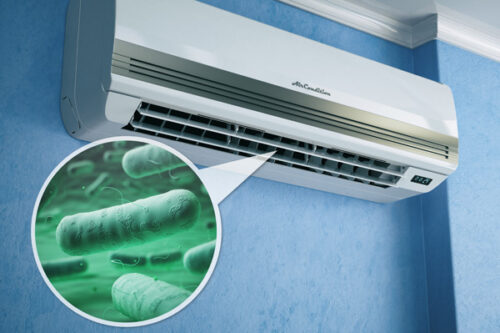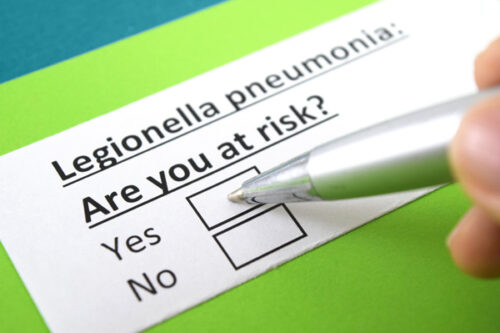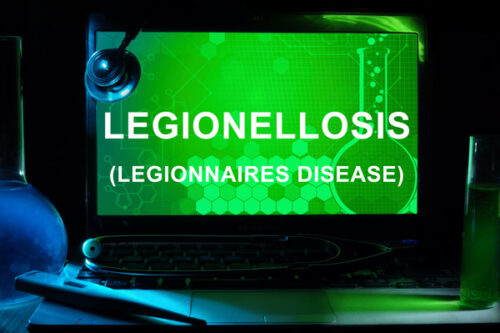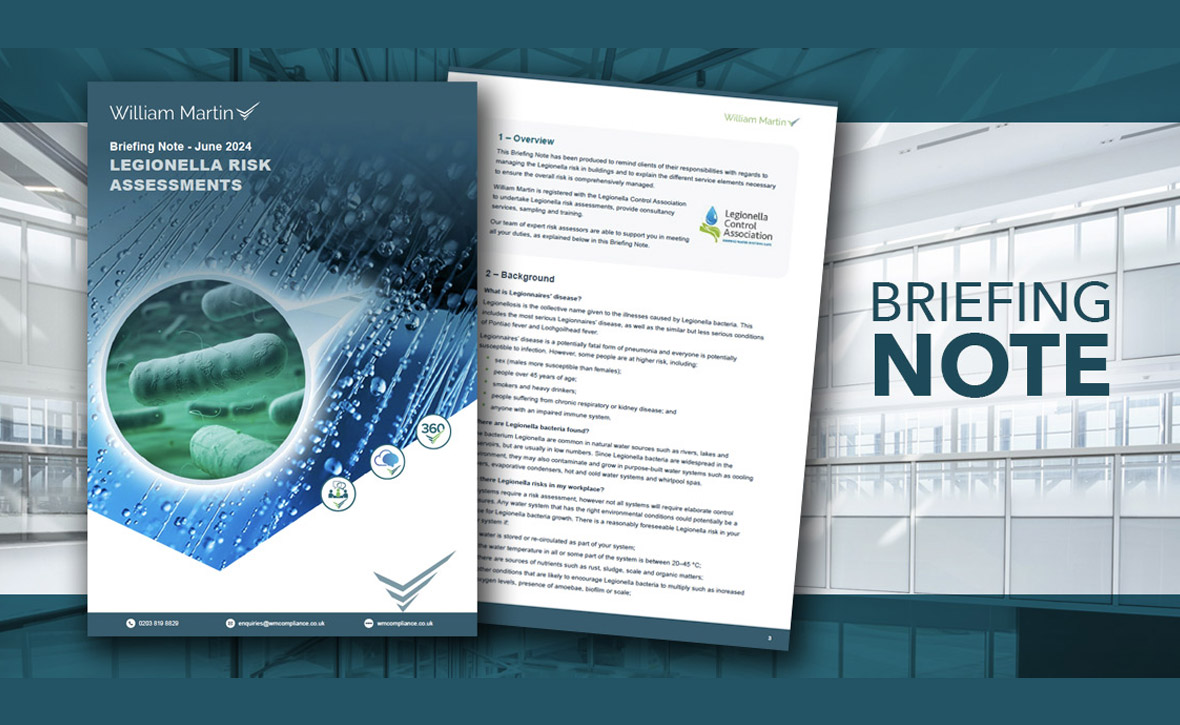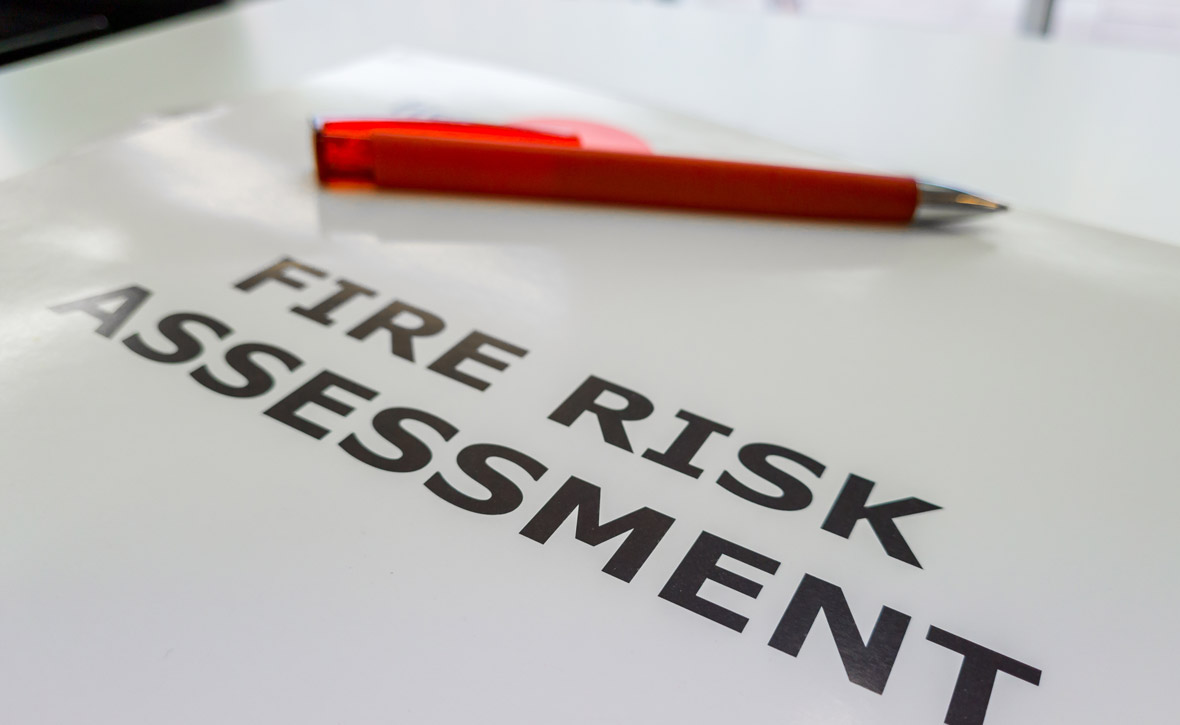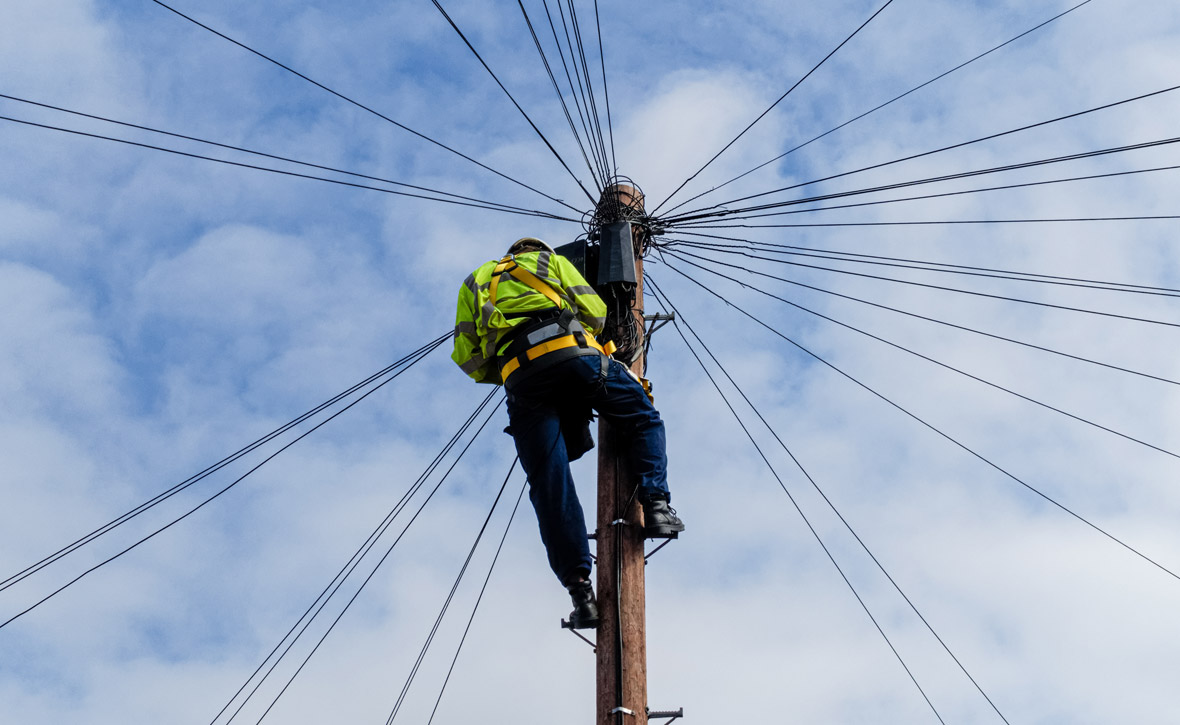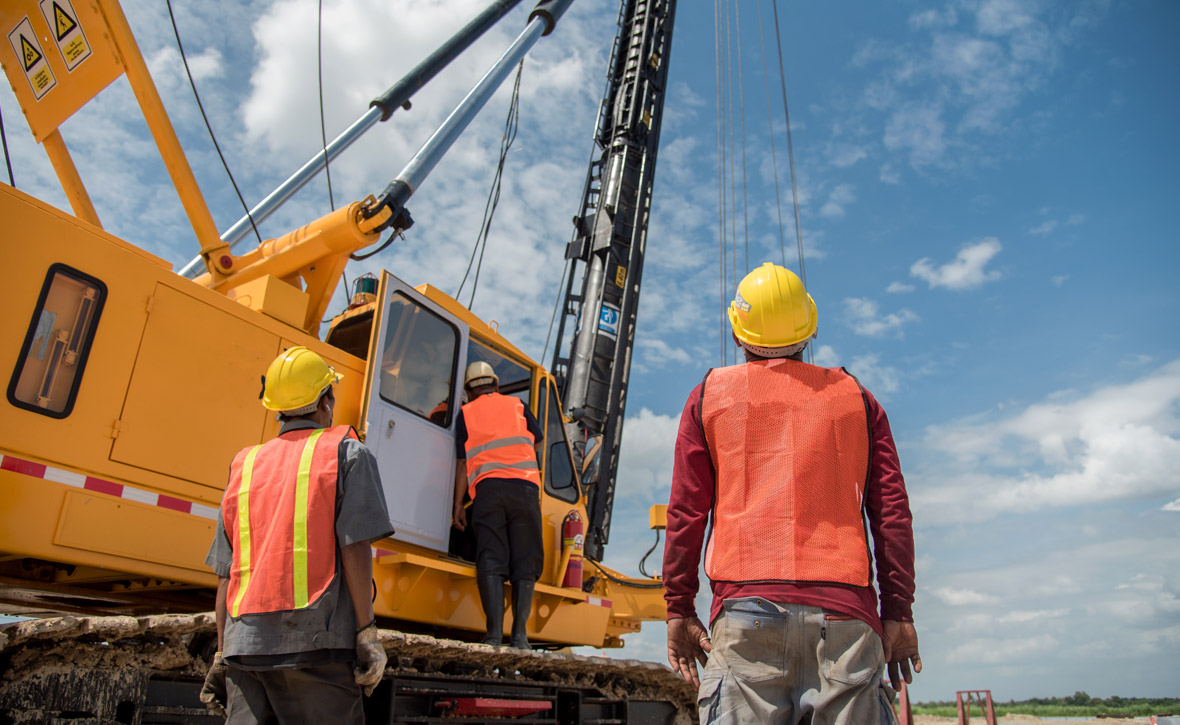April 10, 2024
A Modern Approach to Legionella
In health and safety, we are always looking for new and innovative ways to reduce risk. Technology has improved the speed and efficiency of almost everything around us – at home and at work – and health and safety compliance management is no different. There is no doubt that tech is transforming our sector in a hugely beneficial way.
When it comes to mitigating the risks associated with legionella, technology plays a crucial role. The Internet of Things (IoT) and automation are both becoming increasingly popular in the health and safety industry. IoT refers to the network of interconnected devices that can communicate and share data with each other over the internet. These devices, equipped with sensors, software, and other technologies, can collect and exchange information to automate processes, improve efficiency, and enhance convenience in various aspects of daily life.
